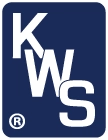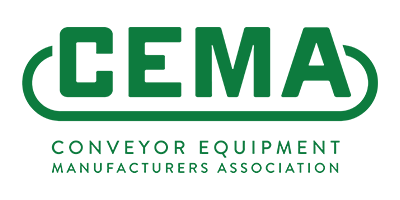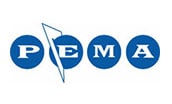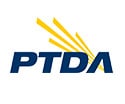Screw Failures
Download PDFQuestion
I have several long screw conveyors in my plant transferring product from a belt conveyor to a bucket elevator. One screw conveyor is 55-feet long and the other is 75-feet long. The screws continue to fail at the hanger bearing locations. The end of a screw section breaks off and causes a complete shutdown of my process. The downtime is hurting my production. What is the cause of the failures and how can I prevent it?
Answer
Great question! This is a very common problem with long screw conveyors with multiple hanger bearing locations. If the screw conveyor is not aligned properly there will be a bending load applied to the end of each screw section. Because each end of the screw is held fixed by the hanger and end bearings, every revolution of a misaligned screw causes a complete reversal of the forces at the hanger location.
This misalignment puts enormous cyclical forces on the ends of each screw section. Therefore, the major cause of failures at the hanger bearing is fatigue due to misalignment. It’s very similar to taking a piece of wire and bending it back and forth until it breaks. The screw will typically break at the end of the bushing inside the screw section or at a coupling bolt hole location. The cyclical load will “find” the weak link in the screw section and this is where the failure will occur.
Screw conveyors are similar to many other types of rotating equipment and require proper alignment to ensure successful long-term operation. The full length of the screw conveyor must be aligned in both the horizontal and vertical directions.
The easiest way to check alignment is with a string line. Just secure the string line to one end of the screw conveyor at the trough end. The string line should be secured at the side of the trough end at the centerline of the screw or a fixed distance from the top flange of the trough. Pull the string line to the opposite end of the screw conveyor and pull it tight. You can then visually see the misalignment of the trough sections.
Now check the misalignment every 5-feet with a measuring tape by measuring the distance from the string line to the edge of the trough horizontally. Checking alignment in this manner shows the screw conveyor misalignment in the horizontal direction. The process must now be repeated for the vertical direction.
Check the misalignment every 5-feet with a measuring tape by measuring the distance from the string line to the bottom of the trough flange vertically. Each measurement must be documented for both the horizontal and vertical direction. The relative differences in the measurements will show you how much each trough section will need to be moved to achieve proper alignment.
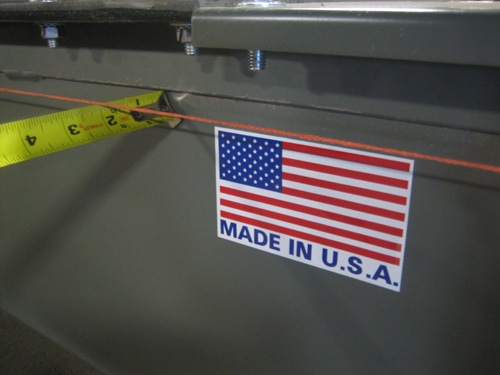
Checking Alignment Horizontally
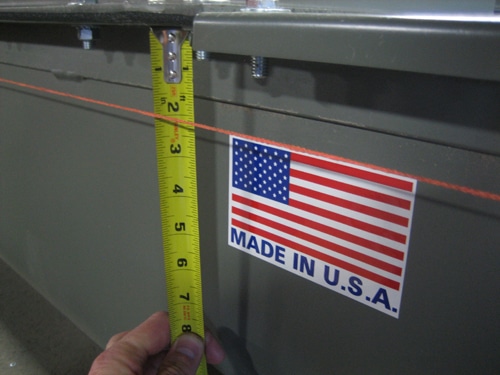
Checking Alignment Vertically
The string line must be kept in place to verify the adjustments. The fasteners at the trough flange connections must be loosened in order to realign the screw conveyor. Shims can now be added or removed at the support locations to achieve proper alignment in the vertical direction. Each trough section must be adjusted horizontally by pushing or pulling the trough to the proper location. You may have to tap on the trough flanges with a hammer to achieve proper realignment.
Once the screw conveyor is completely aligned and secured to the support locations you can retighten the fasteners at the trough flanges. The maximum allowable misalignment over the full length of the screw conveyor is 1/8-inch in either the horizontal or vertical directions.
Excessively worn hanger bearings or coupling shafts can also cause misalignment, fatigue, and failure at the hanger bearing locations. Hanger bearings and coupling shafts must be checked on a regular basis for excessive wear. Once a hanger bearing or shaft has worn more than 1/8-inch it must be replaced. A regular preventive maintenance program is required to check and replace these components as necessary.
KWS has a full team of engineers to help diagnose problems and provide solutions. Please contact us at 1-800-543-5528. The KWS Screw Conveyor Installation and Operations Manual is a great aid for troubleshooting your screw conveyor and readily available on our website at www.kwsmfg.com.
